

Matt Campbell
2026 Hyundai Tucson Hybrid review
3 Hours Ago
We talk with the AADA about the mood out there, ever-lasting wait lists, new retail models, EV rollout, and other industry issues.

Senior Contributor
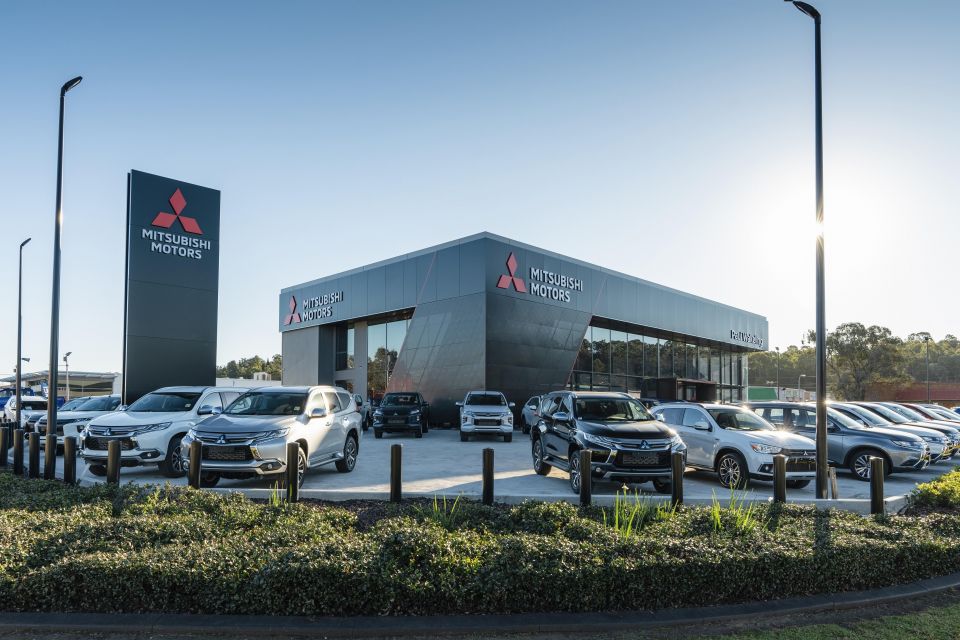

Senior Contributor
The last few years in this rapidly changing world have presented no shortage of challenges, as well as opportunities, to Australia’s 1500-odd franchise car dealers.
Lack of car supply has yielded big profits – a market conditioned to discounts stopped discounting – but at the same time dealers also had to manage customers stuck on interminable wait lists, navigate lockdowns, and watch brands opt for agency or direct-to-consumer business models that impact their bottom line.
Then there’s the issue around losing future revenue when cheaper-to-service electric vehicles proliferate.
We caught up with James Voortman, head of the Australian Automotive Dealer Association (AADA), to talk about the latest in stock shortages, market sentiment, EVs, and why he thinks the old-school franchise model still has legs despite some carmakers wanting more control over their inventory.
We regularly run Q&As with people in the wider car industry. If there are certain people you’d like to hear from, let us know in the comments.
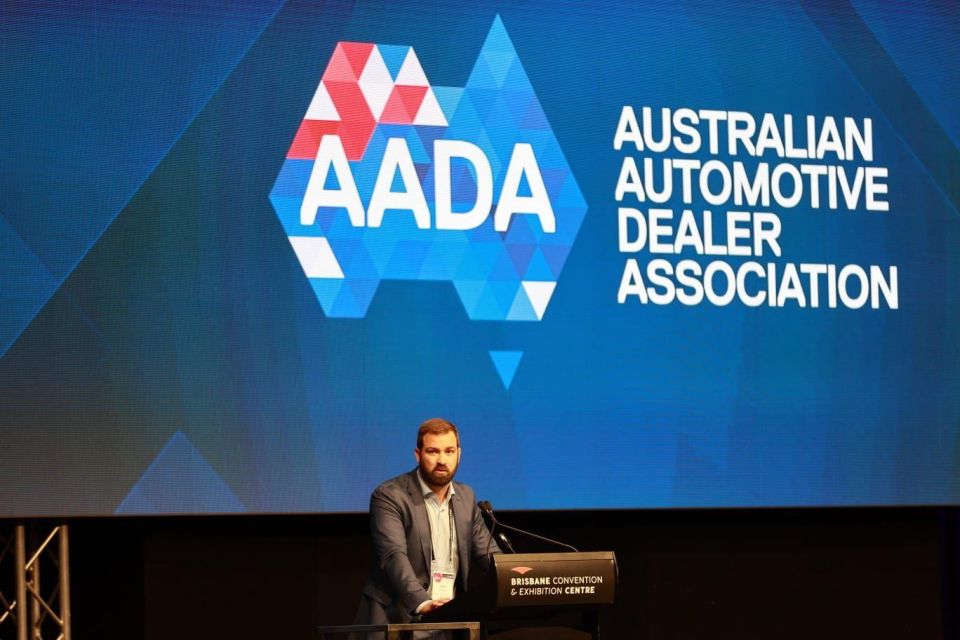
JV: The sentiment is relatively positive. There’s still relatively strong demand, profitability is not bad.
But you have to weigh that against how difficult the environment is operationally, and I mean that from the point of view that the supply crisis has meant the dealers have had to adopt a whole new skillset, which is trying to keep their customers close to them while managing those expectations, having to deal with disappointment from customers.
So that’s difficult on the operational side. It’s also difficult, as it is for many other businesses in the economy, to get good skills and good talent [given such low unemployment]. So, you know, overwhelmingly positive, but there are operational challenges.
And there are also emerging headwinds, and we talk about the economy and interest rates, and we’re closely watching those to see whether they do start to affect the wider economy, and the knock-on effect that would have on the automotive industry.

JV: Every dealership’s structured very differently and they’ve all attacked this issue very differently. I’ve spoken to some medium-size groups who have a far larger order bank than they’ve ever had before, and they see it as a massive investment in customer retention, and in ensuring that order bank is converted into deliveries.
By and large they’ve tasked someone within that group to constantly reach out to customers, keep them updated, even if it’s incredibly difficult to be specific about when a product is arriving. There’s so many issues beyond our control, it’s almost better sometimes to under-promise than over-promise.
The key is they’ve got someone keeping close to their customer, telling them that they’re still in the queue, their product’s still in the system and will be arriving, really just communicating even when there’s nothing you can say in a concrete fashion.
It’s just ensuring that you keep touching base with that customer, letting them know that you share their frustration in terms of the delays, that it’s beyond our control, but that their vehicle will arrive sooner or later.
There’s also a massive explanation piece that some of these customer-facing employees in a dealership have to do. You can’t just tell a person “you have to wait”, you have to try and explain how a lot of it’s beyond our control. There are factors overseas in terms of production, then there’s the shipping challenges, and in more recent times there are challenges at the ports.
It’s having to talk about all of those, and you know often that’s something the dealers just didn’t have to do in the pre-COVID situation where vehicles were often in stock and could be driven home within a matter of weeks, or when they were ordered, they came in a relatively quick fashion.
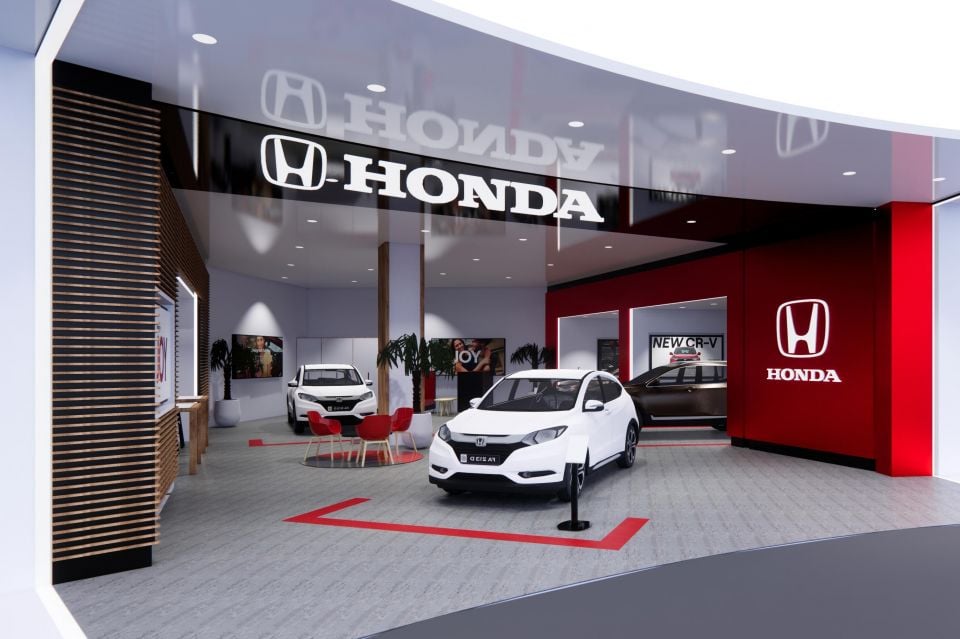
JV: A hundred per cent. I would shudder to think where’d [things would] be in terms of our relationships with customers, if we didn’t have that middleman between the manufacturer and the customer. Because the dealer is there to front up to the customer good or bad, and wear that pain or that praise, and they do that and have been doing that for many years.
And then even for those brands moving to the agency model, they still acknowledge that they need that person in between, that facilitates all of the customer interactions.
What I’d also say, Mike, is with a lot of the other emerging trends, electric vehicles and vehicles that have increasingly more autonomous technologies and a lot more electronic features, often customers want the peace-of-mind to do a run through the vehicle, or to talk to a person about what the different options for charging are, or how ADAS features work.
I really do think there’s still a very strong case for that face-to-face interaction in the process of supplying a customer a car. I think the research shows that although we’re seeing more people willing to buy online, site unseen, there’s still a very large proportion who want to look someone in the eye when they take delivery of a car.
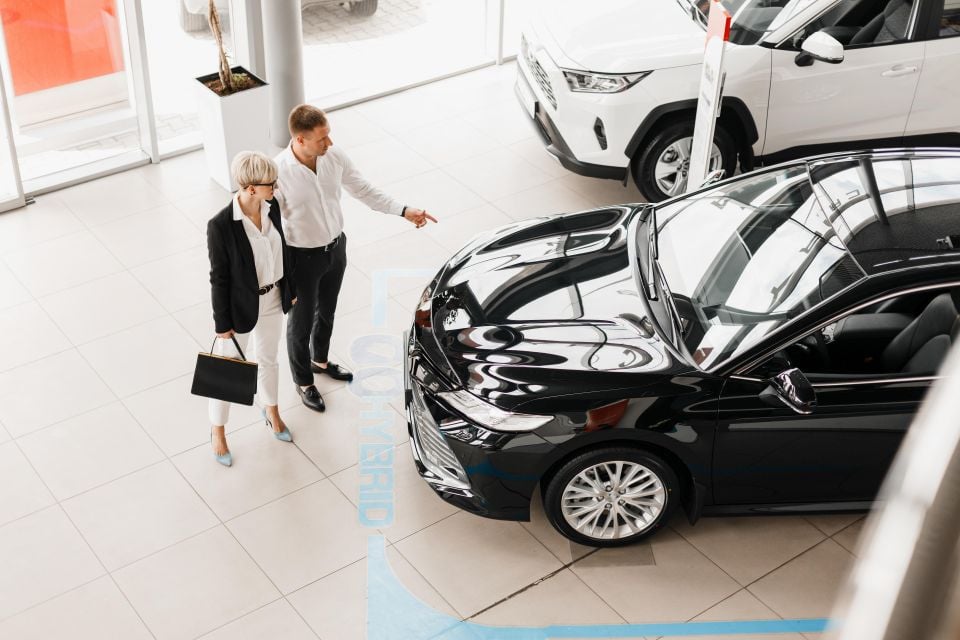
JV: It’s funny, in Australia things got out of the blocks quickly, Honda moved there and then we had Mercedes-Benz make the move at the start of last year. And there was a period there when people in markets like Europe and the US were looking at us and thinking that we were the front-runners.
… But now a lot of Europe’s moving quicker than it is in Australia. If you look at the number of brands over there who are moving to agency or have publicly pronounced an intent to move to agency, it’s a lot more than our market. You’ve got Stellantis there with a large number of brands, the VW Group…
JV: That’s right. You’ve got a lot more talk now in a market like Europe than you do in Australia.
But I also think aside from the legal implications, people are also looking at how this is working operationally, what are some of the learnings you can take from those brands that have moved to agency in an operational sense?
People are also looking at what does agency mean in the industry if we go back to that high supply environment, where carrying a lot of stock carries with it a lot of risks. I think it’s fair to say that in the last two years, Mike, the whole industry’s essentially operated under a fixed-price model.
It’s been an interesting period to introduce agency, but I have to say I don’t think you’re going to learn too many lessons from introducing agency in the last two years. So I think a lot of other manufacturers aren’t sure what they’re going to do, and they’re just sort of playing a wait-and-see approach.
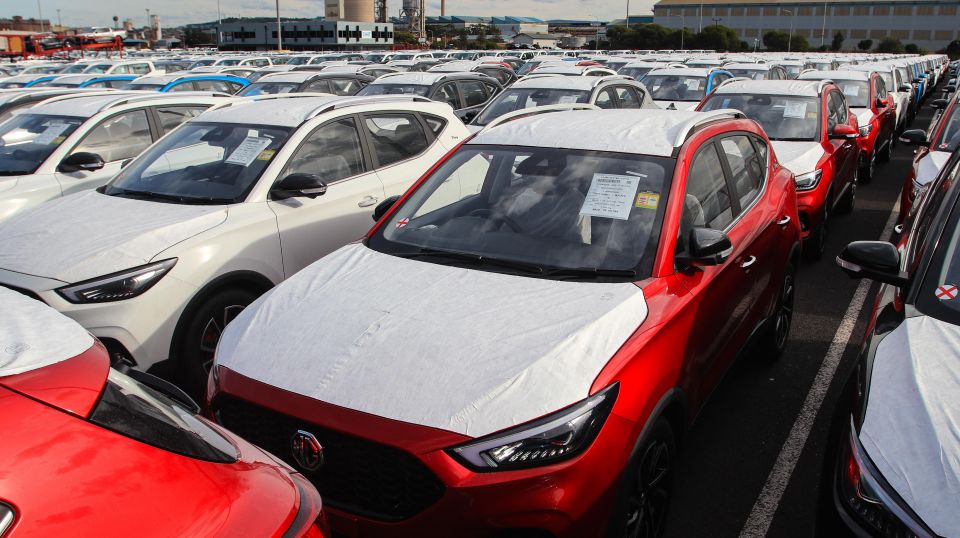
JV: I think so. We sit here in Australia wondering what brands are going to do. The reality is the decisions aren’t made over here, more often than not directives come from abroad.
I’m not saying it’s not being considered here in Australia. All I’m saying is I think the tide has slowed from those early days when we thought every brand was really strongly considering this.
JV: I think there will be opportunities for some, but probably not all.
But I do think there’s that installation piece, for some of those people buying a car and wanting to bundle the purchase of that car. In the current environment we sell accessories to all of our customers who want them, and why can’t the charging infrastructure be that kind accessory, backed up with a manufacturer warranty potentially, having a dealer electrician or qualified person to install it, and come and maintain it.
Is there an opportunity for the brands in some way to take ownership of parts of the network and use the dealers, which are spread out throughout the country, to try and remove some of those teething issues? I don’t know what this looks like [yet].
I guess the point we’re making there is, let’s not discard all of these other opportunities. The fact that you can refuel your vehicle at home brings with it a number of opportunities. The fact that you’ve got a battery, which is worth a lot more in terms of recycling, brings opportunities.
The fact that the electric vehicles are a lot heavier might mean that a lot of dealers get into tyres, because tyre use might require more regular changes. Let’s face it, dealers are going to have to find ways to make up for that revenue that they will lose in the service and repair department.
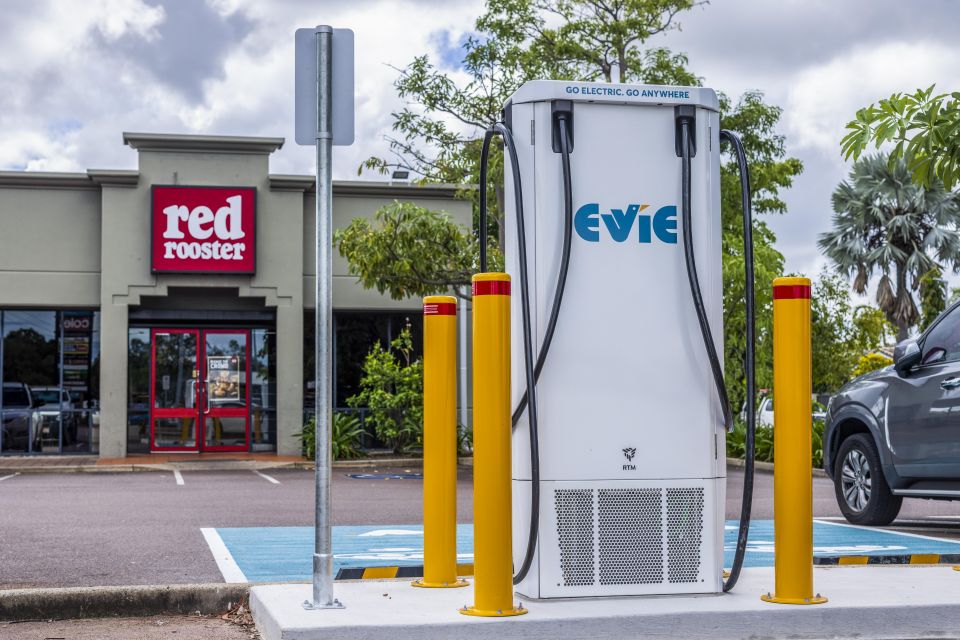
JV: Yeah. And frankly that is the biggest myth out there. I’ve always said, we have no choice but to sell what our manufacturer partners want to bring to the market. The nature of our business is that we’re franchise dealers.
Look at Volvo for example. You cannot be anti-EV when your franchisor has told you in 2027 it’s the only product it will be selling.
So I’ve always thought that that’s a bit of a misnomer. I still think so. Dealers will obviously look at their customers. If the customers are predominantly buying utes there might be a bit of skepticism, but for anyone to say that dealers are actively trying to turn back the tide, I just don’t buy that.
JV: There is a pretty successful program that the UK has run, a partnership with the National Franchise Dealer Association and the Office for Low Emissions Vehicles, which is a government agency.
What they did was to try and counter the problem that so many customers are really not confident about buying electric vehicles. They have so many questions around things range, charging, how long the vehicle will last, what you need to do to prepare your house for the installation of a charger.
Those kinds of basic questions. And customers were doing their research and they were getting information from everywhere.
If you develop a partnership between the dealer body and the government, you get an agreed set of facts worked on by industry and the government. And that set of facts can then be given to the consumer and consumers look at the dealer thinking, ‘well this has to be credible because it’s got the government stamp of approval on it’.
So it helps the dealer to speak with authority and it helps the customer feel assured that they’re getting information that might not have been provided by 60 different manufacturers, but is uniform.
So what that part of our submission was putting forward was a suggestion in terms of how we can improve consumer education, as the customer facing area of the industry.
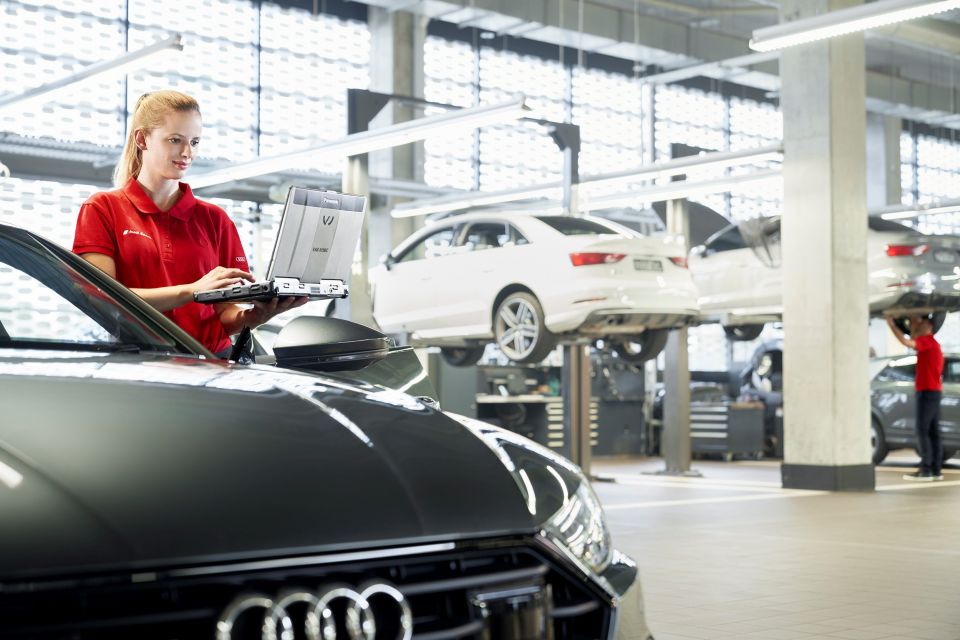
JV: Every brand will put different spin on it. But you come up with an agreed set of facts, and when you develop those facts you obviously talk to everyone, the manufacturer, the government. And then as long as everyone’s singing from the same sheet, it just helps the industry talk to the customer better.


Matt Campbell
3 Hours Ago


Max Davies
19 Hours Ago


William Stopford
19 Hours Ago


Derek Fung
20 Hours Ago


Max Davies
1 Day Ago


William Stopford
2 Days Ago